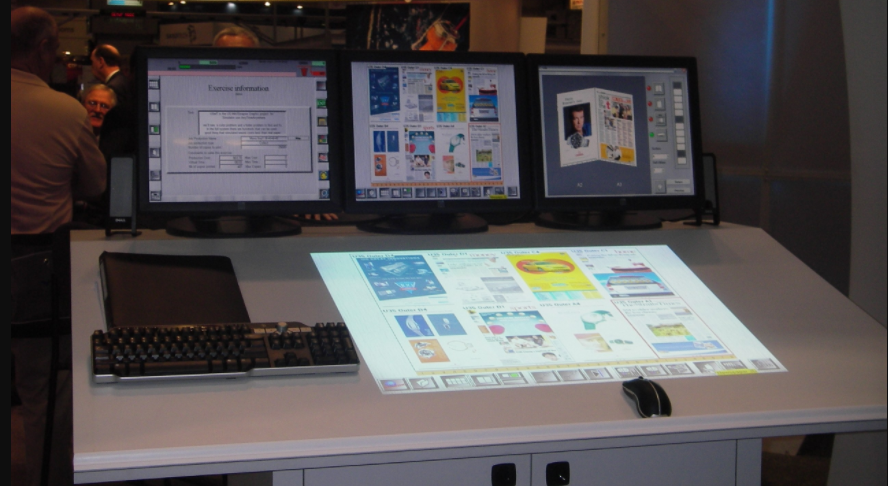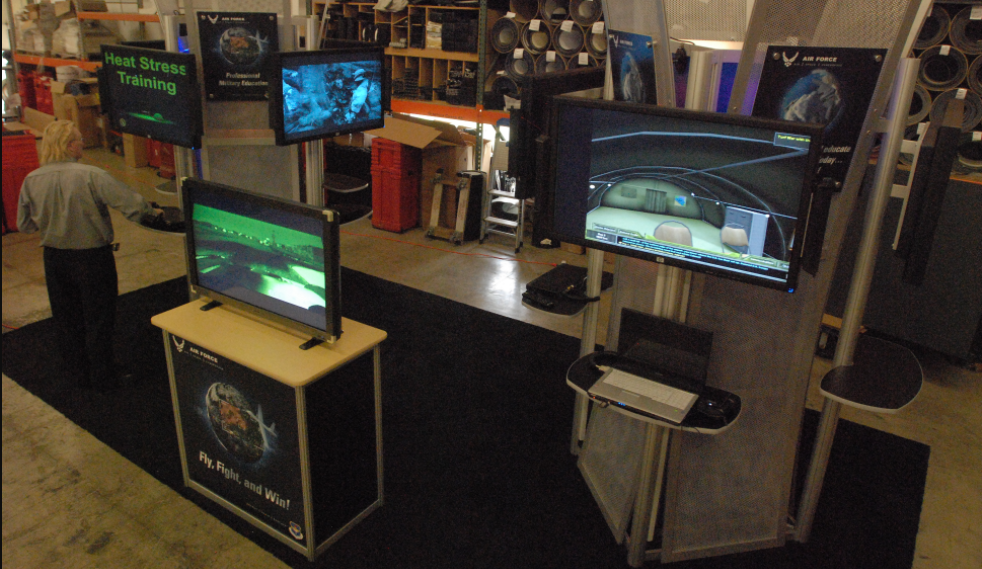Gamification is an effective method to increase engagement amongst audiences. It works by incentivizing the audience to take action that would further a company’s cause, by channeling people’s innate competitive tendencies.
Gamification as a concept is not new. Credit card points, frequent flier miles, digital badges are all examples of gamification being used to drive consumer behavior. Events and gamification seem to go hand in hand, with the almost carnival-like atmosphere at events and tradeshows. Events are crucial places for companies to influence their customer actions and behavior. It also helps that it’s just good fun to play some games, and people do seem to enjoy the prospect of blowing off some steam while they are at work.
Defining the purpose
Before we delve into this discussion, we’d like to highlight an important aspect of gamification, which is to clearly define the purpose, by identifying the metric that a company would like to move through gamification. As always, form should follow the function. So any gamification method should be gauged and measured based on the core metric that it seeks to drive.
Usually, gamification at events cannot be as full fledged as conventional gamification strategies are, due to the limited time that attendees spend at events. The one-time use also does not warrant a large budget. So any method use must drive adoption and usage in a short time frame.
When we are looking at gamification at B2B events, there is no set playbook, and all endeavors are experimental in nature. If the purpose is to increase engagement with the booth, there are a slew of tactics just as simple games, such as spinning a wheel, shooting hoops, R/C races that can get attendees who are just walking by, to stop at the booth. If a company chooses to take this route, it would help their cause if the theme of the game that they are choosing is somehow related to the product or service on offer.
Driving product adoption

This is particularly effective at demo stations for products. The entire game could be based on completing a set of tasks inside the product, followed by a giveaway once they complete it. The game can be centered around a problem statement that the attendee is familiar with, and how they can solve it with the product on offer. This helps the company exhibit the pain point that they are solving with the product, and is a fun and easy way to exhibit how their product makes their life easier. The attendee gets a taste of the product, has fun while doing it, and is more likely to turn into a lead when they leave their contact information. This also improves product and brand recall, and the attendee is more likely to think of it even after they have left the event.
Channeling Social Media

Companies can also incentivize their attendees to share company collaterals on social media, to increase engagement. The most common way has been the Selfie Booth, which capitalizes on our selfie obsession. A fun backdrop or an installation draws people in to take pictures and share on their channels, increasing the company’s reach. Anything that is eye-catching is likely to be shared. Even though there is no tangible incentive, it uses people’s innate need to share the novel experiences that they come across in events. Things like novelty certificates, quirky giveaways, all warrant a share – and the social media engine runs solely on a steady diet of shares.
Driving booth traffic and engagement
This applies to event organizers. While organizing an event there would be a larger budget to play with, and an increased time-frame compared to booths. To incentivize attendees to engage with booths, the event app could have a counter that tracks the number of booths that they have visited, and a leaderboard to showcase the most engaged attendees. These affairs also need a giveaway for the winner, and is a quick way to ensure that the booth exhibitors get relevant traffic, increasing their ROI at events.
Even though gamification has been around for awhile, there is an experimental vibe to it, and rightly so. This concept thrives on novelty and new experiences for the attendees, so more tests need to be run to check which methods are effective. These efforts must be measured against the metrics that they seek to drive, and be refined in the future to increase rates of success.



